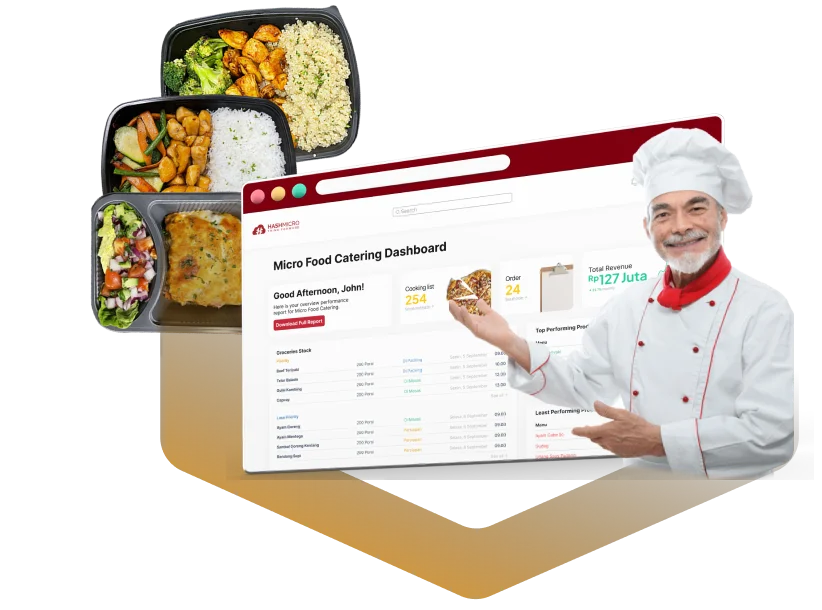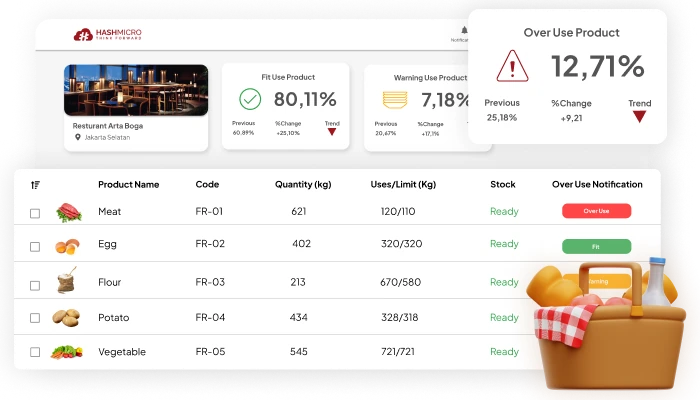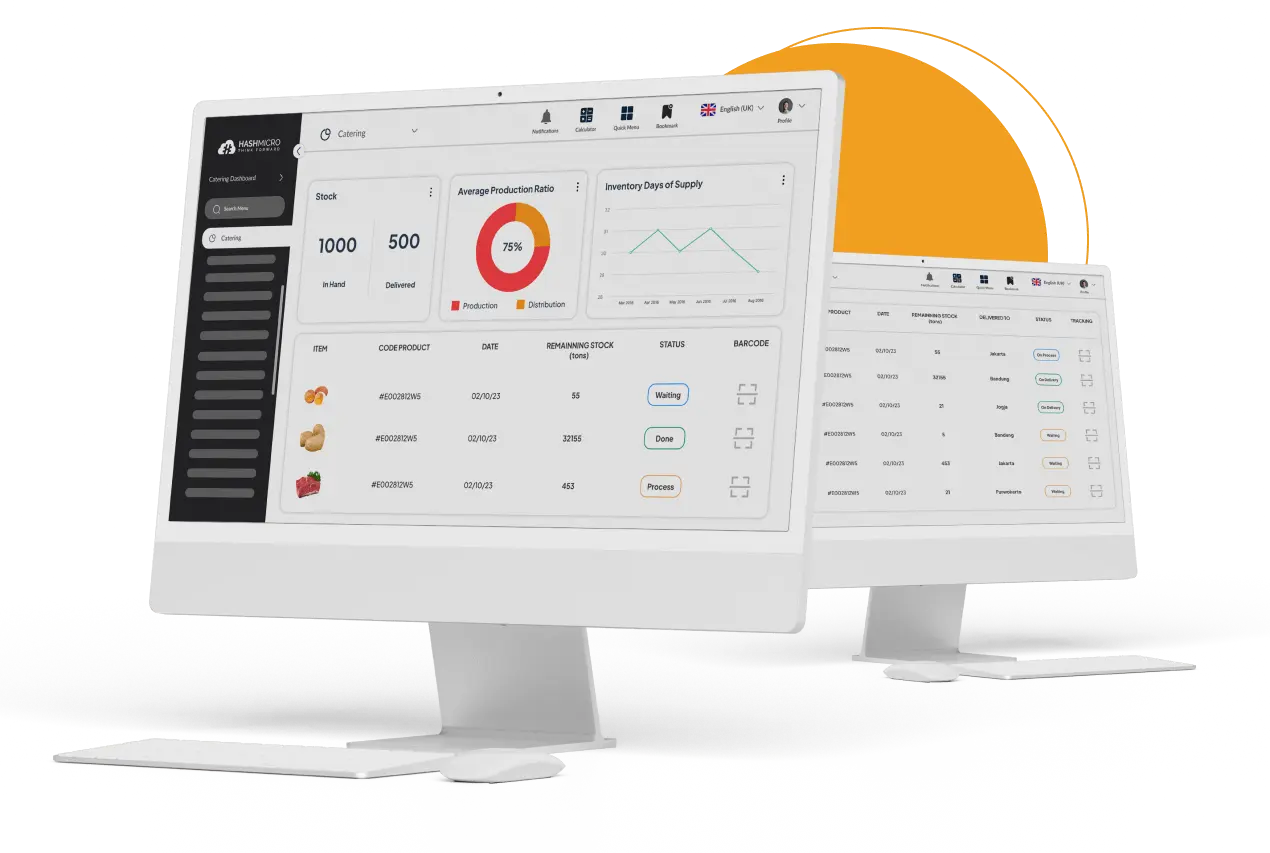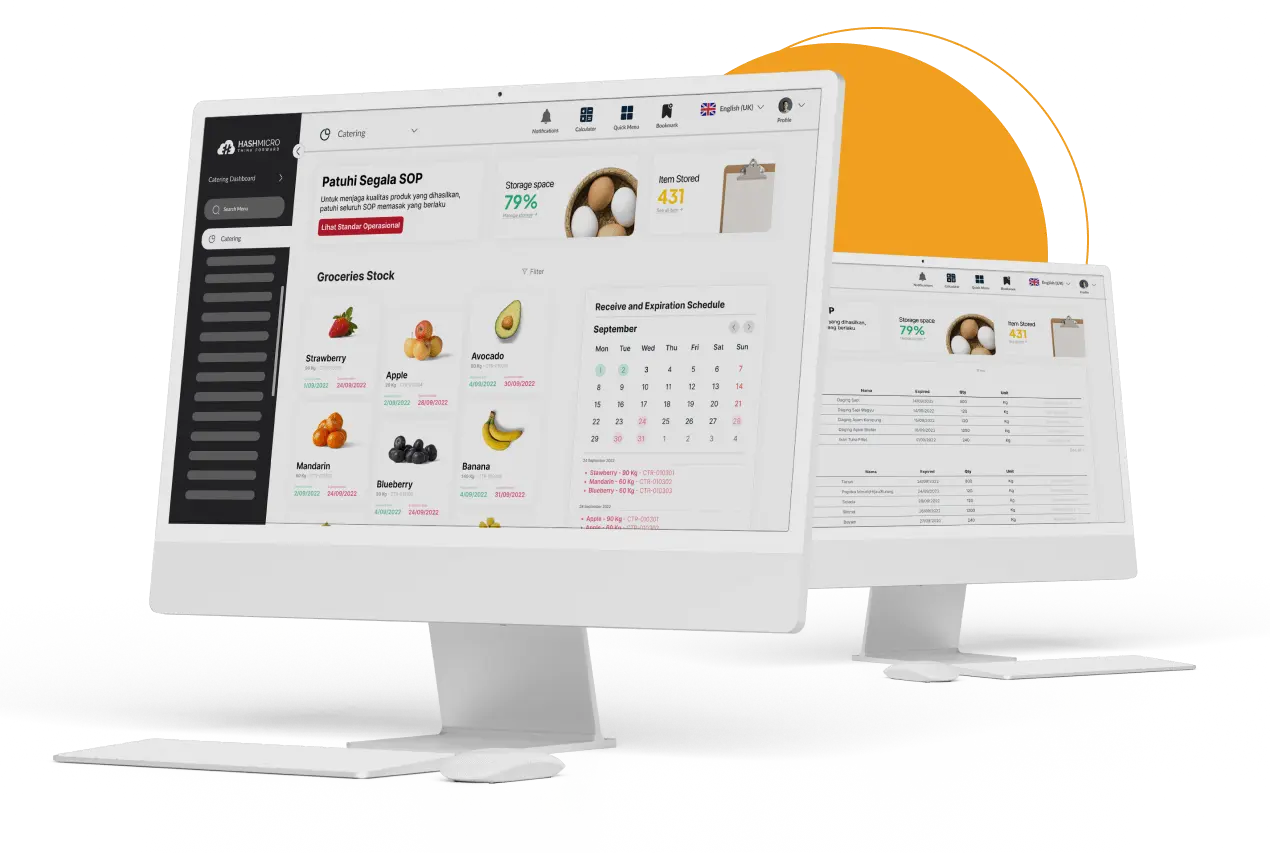1. Map Your Core Workflows: List menu planning, raw material control, FEFO quality checks, order intake (online/offline), barcode tracking, and delivery.
2. Prioritize Inventory & FEFO Control: Ensure the system supports batch/lot tracking, expiry dates, FEFO, and real-time stock visibility across all locations.
3. Check Barcode & Labeling Features: Look for barcode/QR generation and scanning for receiving, putaway, picking, and order tracking.
4. Evaluate Order Management Depth: Confirm it handles quotations, order edits, promo rules, deposits, cancellations, and multi-channel (phone, web, apps).
5. Assess Menu & Recipe Management: Require standardized recipes, yield/costing, substitutions, allergen tags, and versioning per branch.
6. Verify Production & Kitchen Tools: Seek kitchen display tickets, prep lists, portioning, and scheduling to align BOH with event timelines.
7. Demand Strong Analytics & Reports: Real-time sales, COGS, wastage, variance, and profitability reports, exportable and drill-down capable.
8. Finance & POS Integration: Native links to accounting, POS, and payment gateways for clean books, faster reconciliation, and cashflow tracking.
9. CRM & Loyalty Capabilities: Capture client profiles, event history, packages, vouchers, and loyalty tiers to drive repeat business.
10. Scalability & Multi-Branch Control: Centralized controls, role-based access, and configurable workflows that grow with your outlets.
11. Usability & Mobile Access: Simple UI, fast onboarding, and mobile apps for sales, kitchen, and delivery teams.
12. Compliance & Audit Trail: Full traceability (who did what, when), food safety logs, and exportable audit trails.
13. Total Cost of Ownership (TCO): Compare licenses, users, modules, implementation, training, hardware, and support, avoid hidden fees.
14. Vendor Support & Roadmap: SLAs, local support hours, implementation playbooks, and a clear feature roadmap.
15. Security & Reliability: Data encryption, backups, uptime guarantees, and role permissions tuned for F&B ops.
